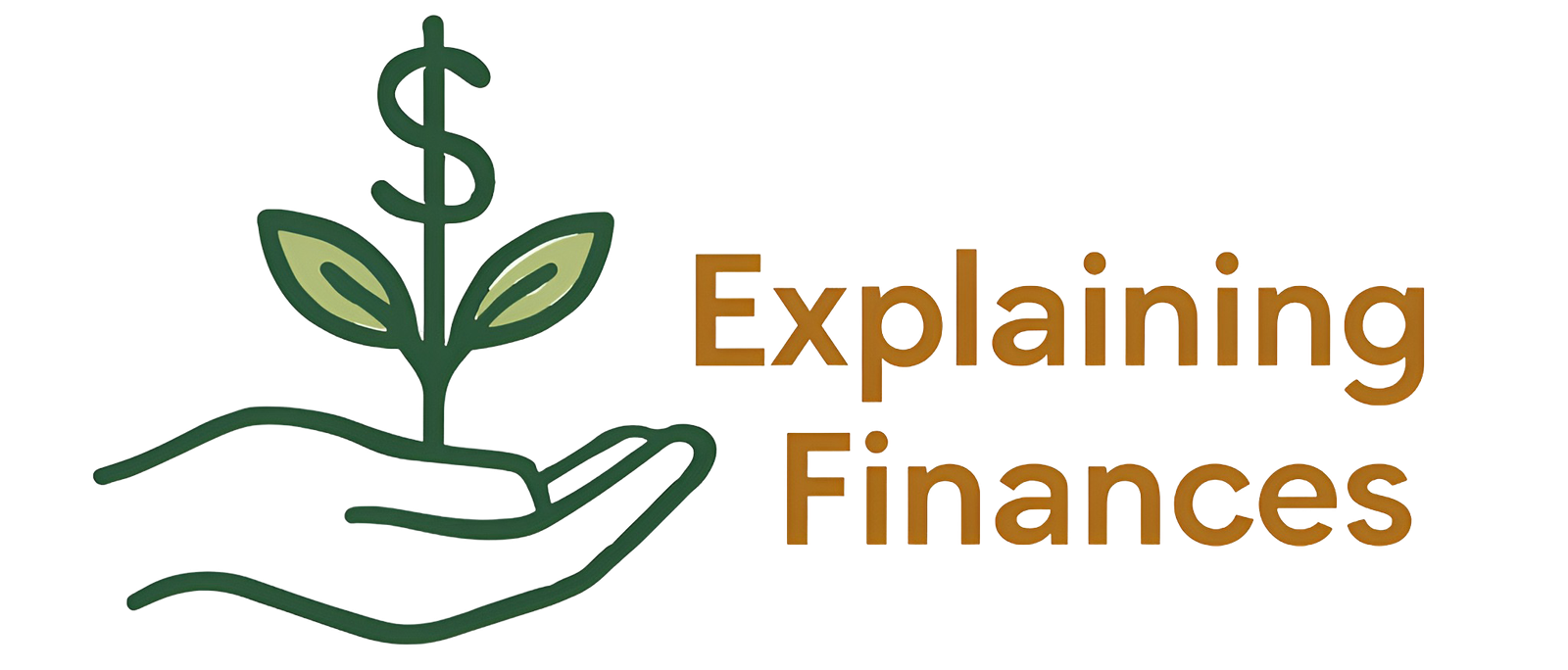Table of Contents
Financial Scams: How to Identify and Avoid Traps
In today’s increasingly digital world, where online transactions are the norm, it’s critical to stay alert to the many types of financial scams that can threaten your hard-earned money. This guide is designed to empower you with the knowledge to recognize red flags and protect your finances.

The Growing Threat of Financial Scams
According to a 2023 study by Brazil’s Datafolha and the Brazilian Forum on Public Safety, over 4,500 people fall victim to attempted financial scams every hour in Brazil. Losses reached $5 billion USD in a single year—just from scams involving instant payments and fake invoices. While the numbers may differ, the U.S. is far from immune. The FBI’s Internet Crime Complaint Center (IC3) reported losses of over $10 billion in cybercrime in 2022, with financial fraud among the most common forms.
Inside the Scammer’s Mind
Understanding how scammers think is key to preventing fraud. They use psychological manipulation, exploiting emotions like greed, fear, and urgency. The promise of fast, easy money is often a bait.
One common tactic is applying pressure to make quick decisions. Scammers may claim a limited-time offer or urgent problem that needs immediate attention—leaving little room for rational thinking.
Another common strategy is preying on people’s lack of financial literacy. Fraudsters often use complex jargon or technical language to confuse victims and obscure the scam.
Why Recognizing Red Flags is Crucial
As financial scams grow more sophisticated, staying informed becomes your best defense. Lack of awareness can result not just in monetary loss, but also emotional stress and anxiety.
Financial education plays a critical role in prevention. The more you understand how scams work, the better equipped you are to recognize and avoid them. Below is a breakdown of common types of scams in the U.S. and how to identify them:
| Type of Scam | Description | Red Flags |
| Phishing | Fake emails, texts, or websites pretending to be from banks or trusted brands, aiming to steal personal data like login credentials or credit card numbers. | Typos in emails, suspicious links, urgent requests for personal info, unknown senders, strange domains. |
| Advance-Fee Loan Scams | Offers of guaranteed loans with “no credit check” that require an upfront payment. | Requests for upfront fees, vague loan terms, no formal contract, too-good-to-be-true promises. |
| Ponzi & Pyramid Schemes | Fraudulent investment models promising high returns paid from the money of new investors. | Unrealistic returns, pressure to recruit others, lack of transparency, no real product/service. |
| Peer-to-Peer Payment Scams (e.g., Zelle, Venmo) | Scammers trick victims into sending money via instant payment apps. | Requests from fake accounts, altered QR codes, suspicious auctions or “deals.” Always verify recipient before sending money. |
Fortify Your Finances: Prevention Strategies
The best way to deal with scams is to prevent them. Here are some practical tips:
- Be skeptical of unrealistic offers: If it sounds too good to be true, it probably is.
- Research companies or sellers: Use reviews, BBB ratings, and Google to vet businesses.
- Never rush financial decisions: Pressure to “act now” is a red flag.
- Keep your devices and software updated: Anti-virus software and OS updates help protect against threats.
- Protect personal data: Never share passwords or sensitive financial information over the phone, email, or messaging apps.
What If You’ve Been Scammed?
Even with precautions, scams can happen. Acting quickly can limit your losses. Here’s what to do:

1. File a Police Report
Contact your local police department or file a report online, depending on your state. Documentation helps investigators and strengthens your case.
2. Contact Your Bank or Credit Card Issuer
Immediately report unauthorized transactions. Ask them to freeze your accounts, dispute charges, and note all case numbers for follow-up.
3. Monitor Your Credit
If your personal information (like Social Security number) was compromised, check your credit reports and consider placing a fraud alert or credit freeze. Use sites like AnnualCreditReport.com for free reports.
4. Use Federal Resources
You can report scams to:
- FTC (Federal Trade Commission): ReportFraud.ftc.gov
- IC3 (Internet Crime Complaint Center): ic3.gov
- Consumer Financial Protection Bureau (CFPB): For issues with financial institutions.
- Better Business Bureau (BBB): File complaints or check company reputations.
Final Tips for Financial Safety
- Educate Yourself: Knowledge is your best defense.
- Be Suspicious: Never trust unsolicited offers or pressure tactics.
- Secure Your Devices: Update all software regularly.
- Monitor Your Accounts: Check statements frequently.
- Report and Share: If you’re scammed, report it—and help others avoid it.
Frequently Asked Questions (FAQ)
1. How can I protect myself from scams using Zelle, Venmo, or Cash App?
Always verify recipient info. Don’t send money to strangers. Enable two-factor authentication and avoid clicking links in suspicious messages.
2. How do I recognize a pyramid scheme?
Red flags include high, “guaranteed” returns, pressure to recruit others, and unclear business models.
3. What is social engineering?
It’s a tactic where scammers manipulate you into giving up sensitive info by pretending to be someone you trust—like a friend, coworker, or bank rep.
4. What should I do about fake tech support scams?
Never grant remote access to your devices unless you initiated the support request with a verified company. Hang up on unsolicited calls claiming to fix your “computer issue.”
5. How do I identify a fake website or online store?
Look for HTTPS, poor design, spelling mistakes, and strange domains. Use online reviews or scam checker tools before buying.
6. What should I do if I receive a fraudulent charge?
Contact your bank or credit card company immediately, dispute the charge, and file a report with the FTC if needed.
Stay Informed and Stay Safe
Scammers are evolving, and so should your defenses. Share this information with family and friends—awareness is contagious, and protection is stronger when it’s collective.
